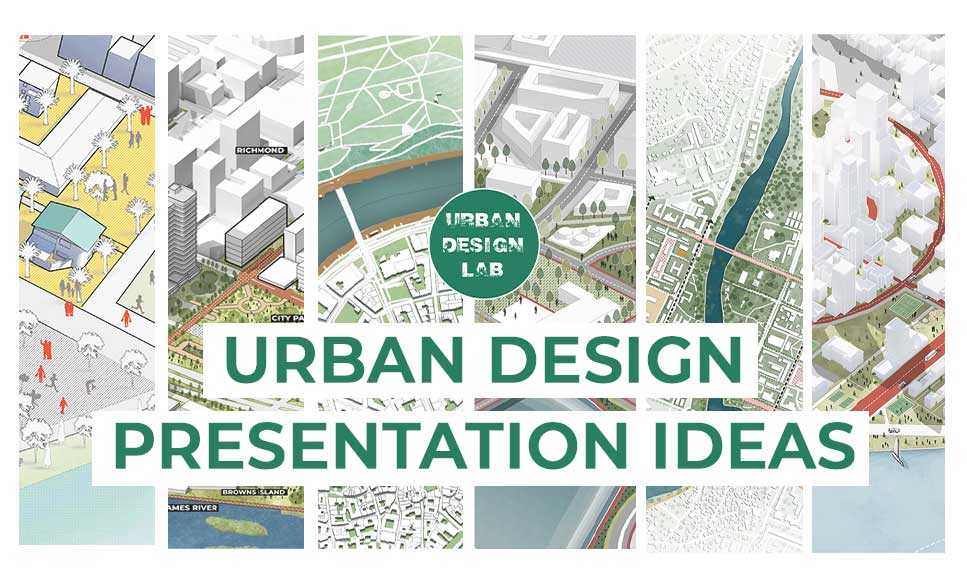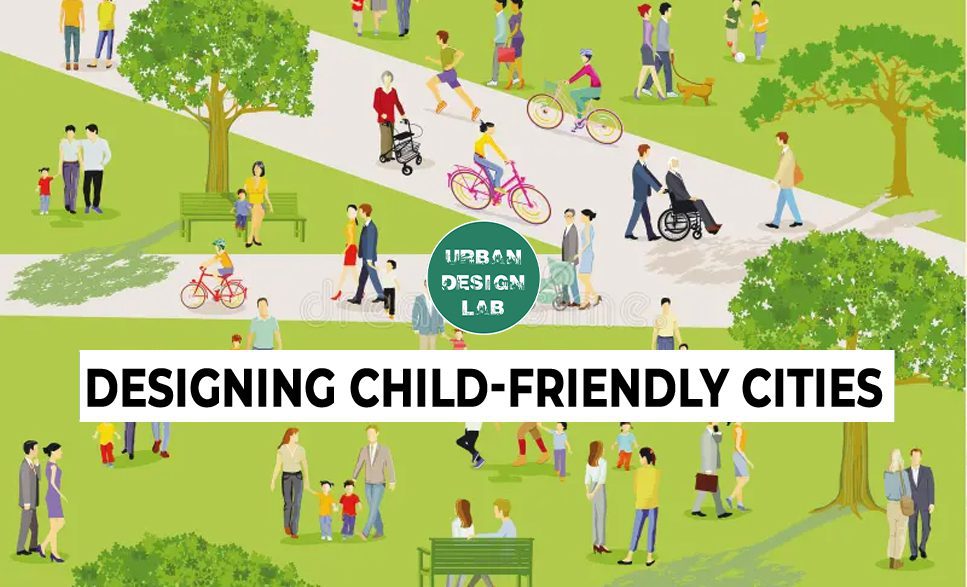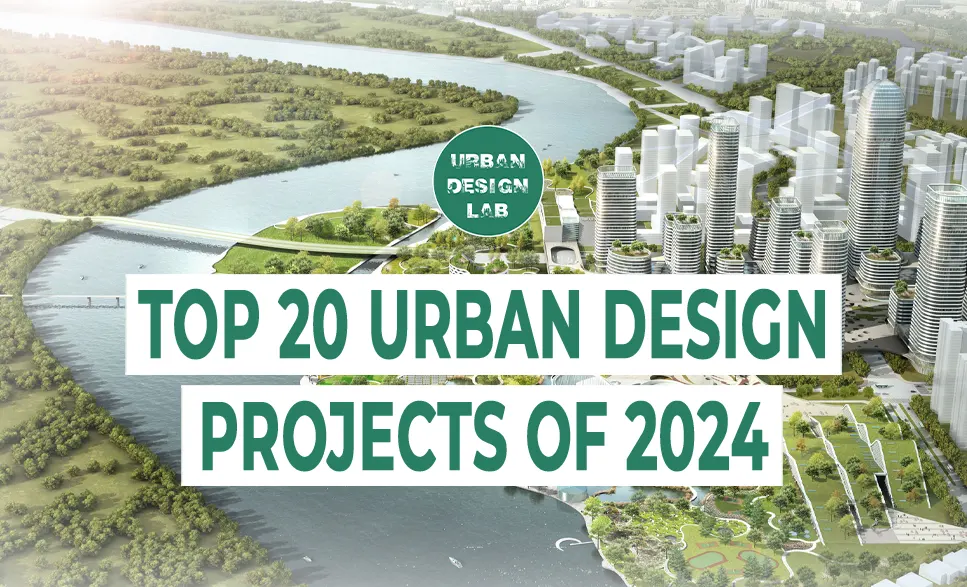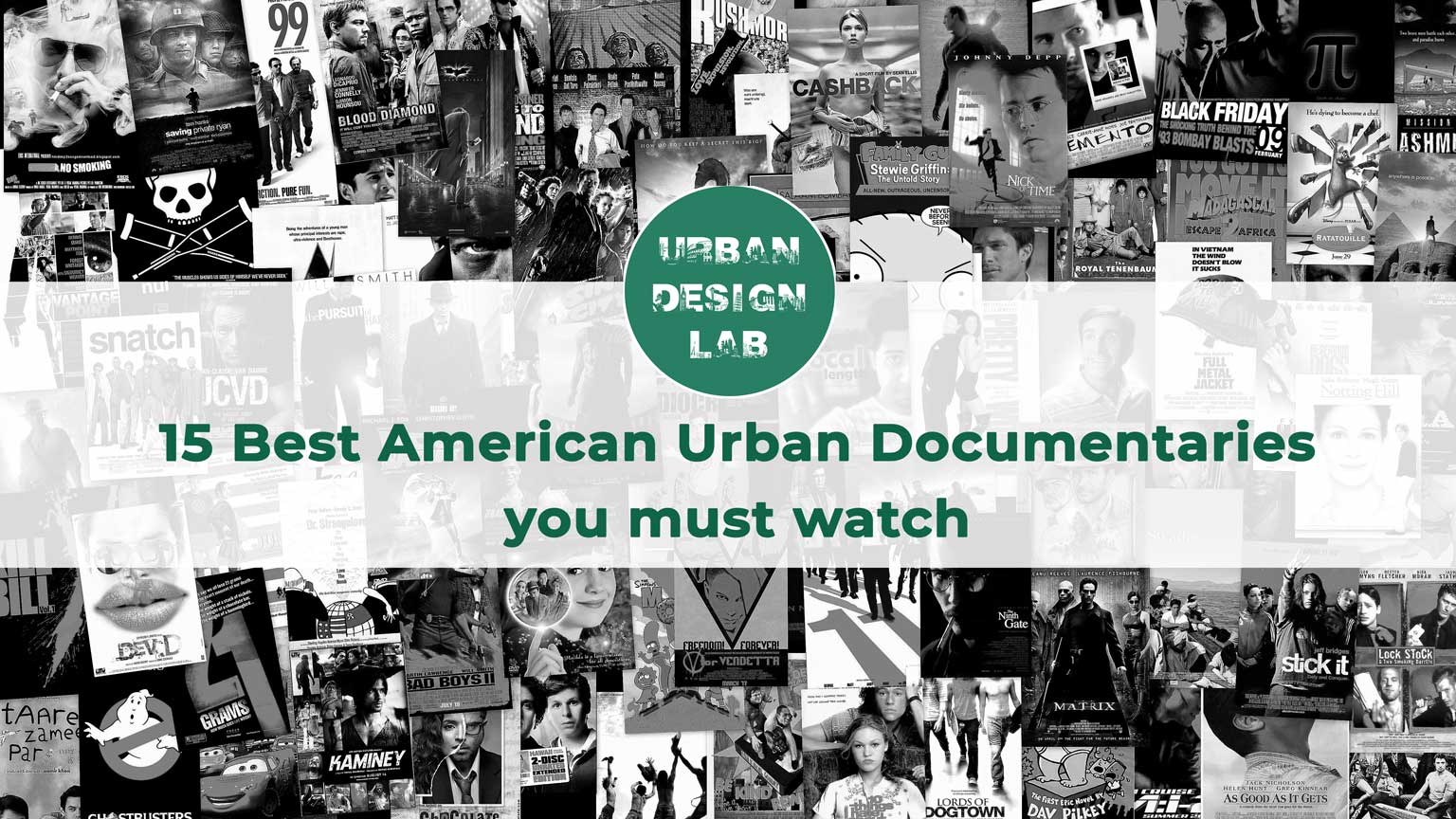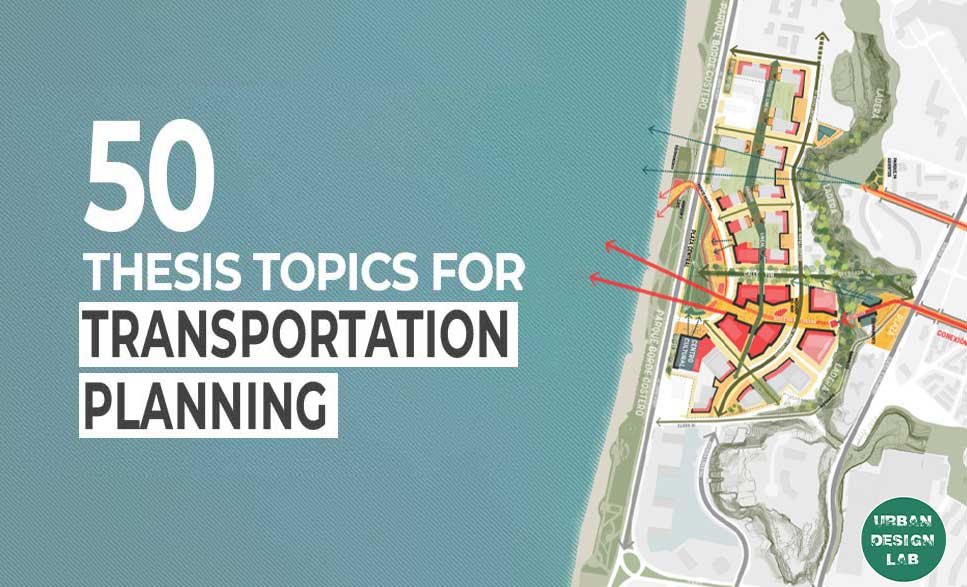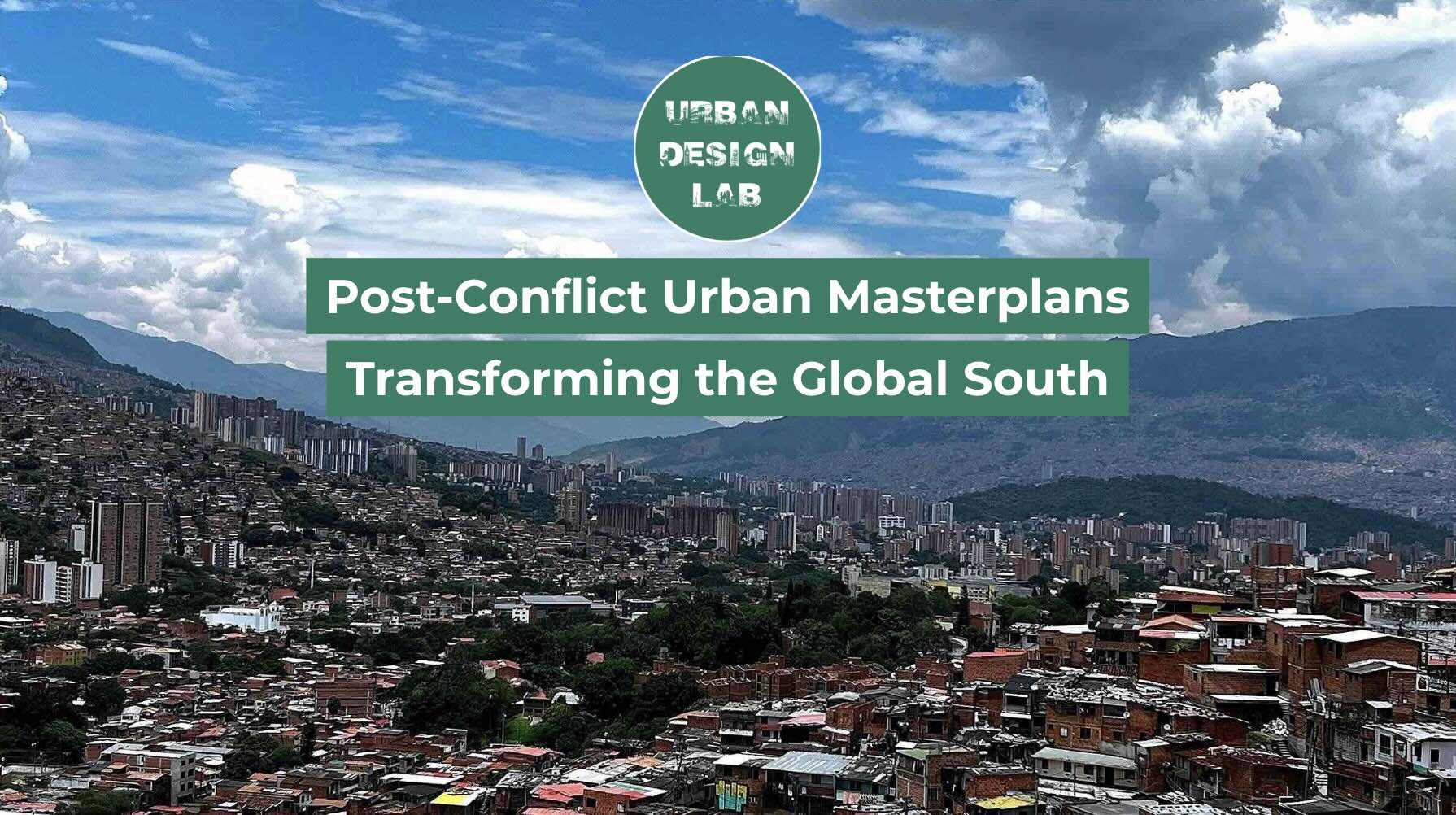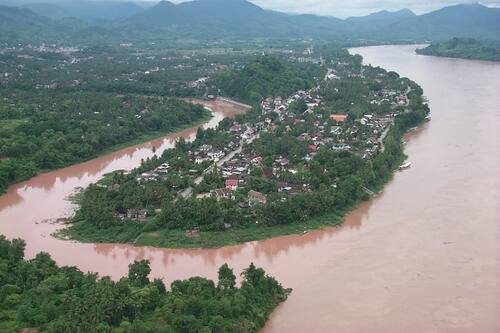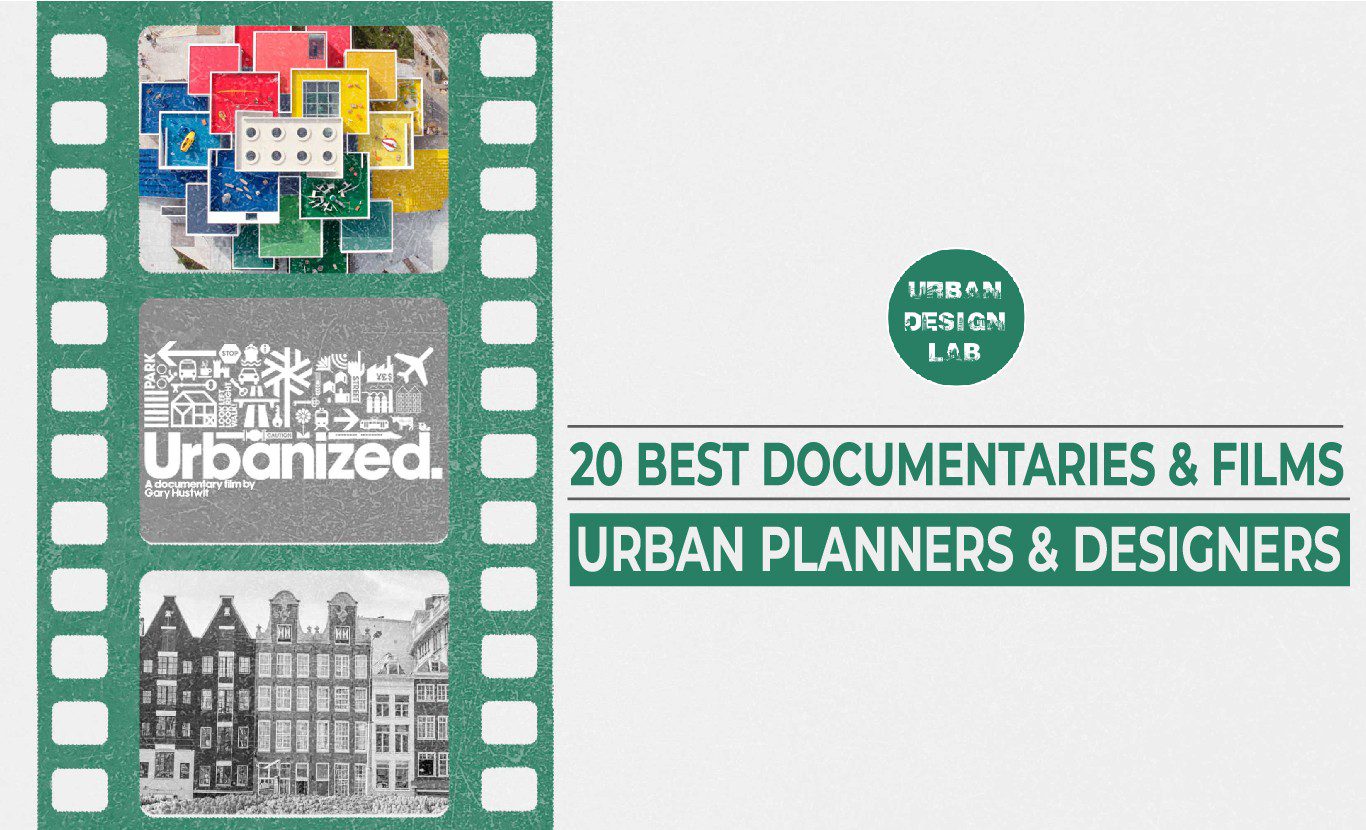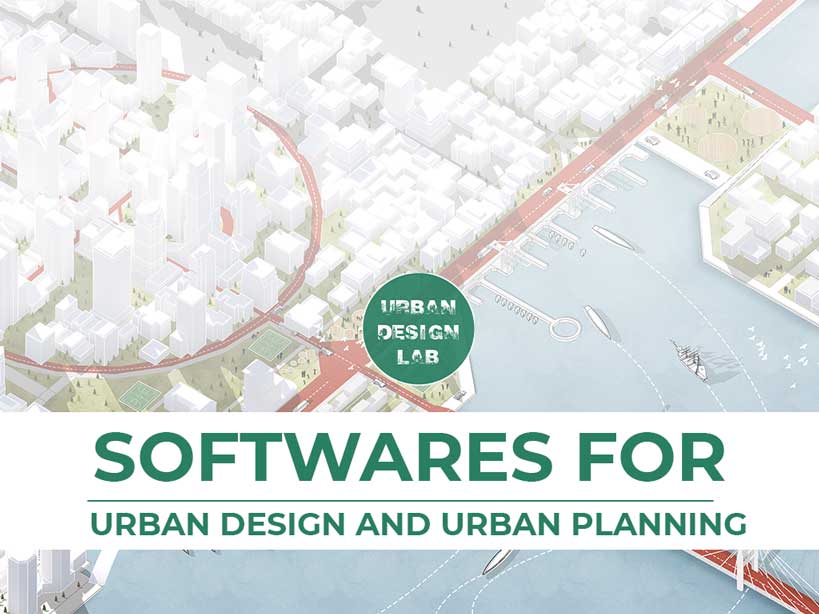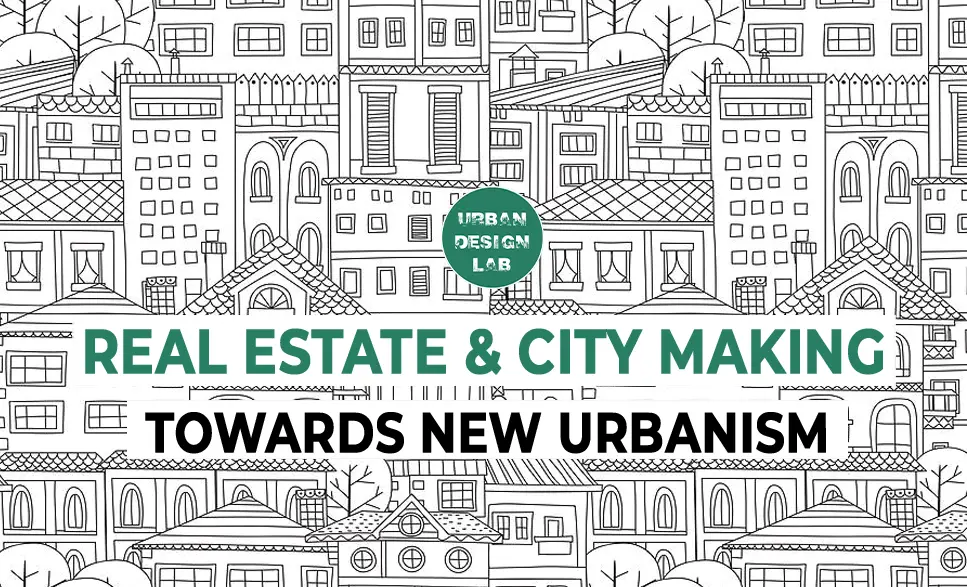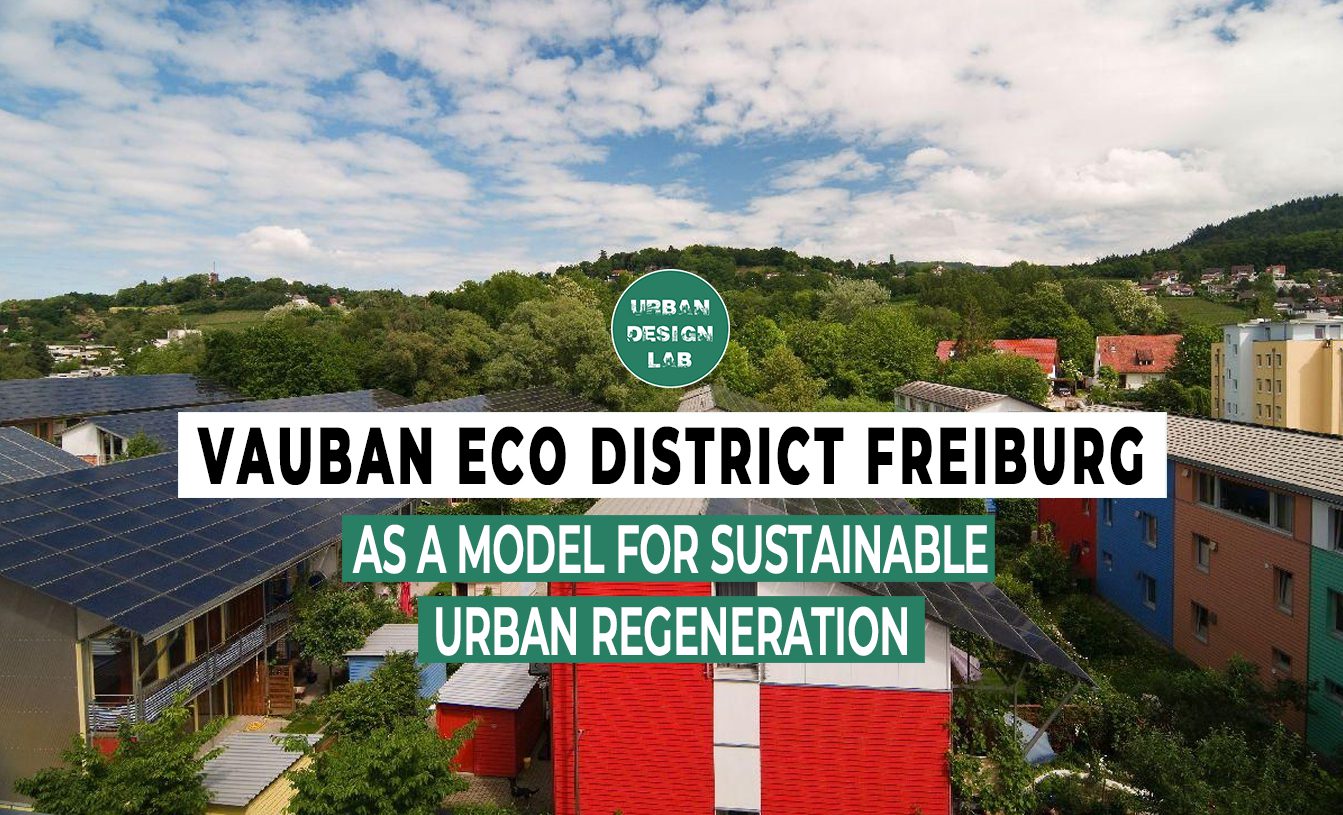
Stepping Into Our Backyard: Urbanization and Natural Ecosystem
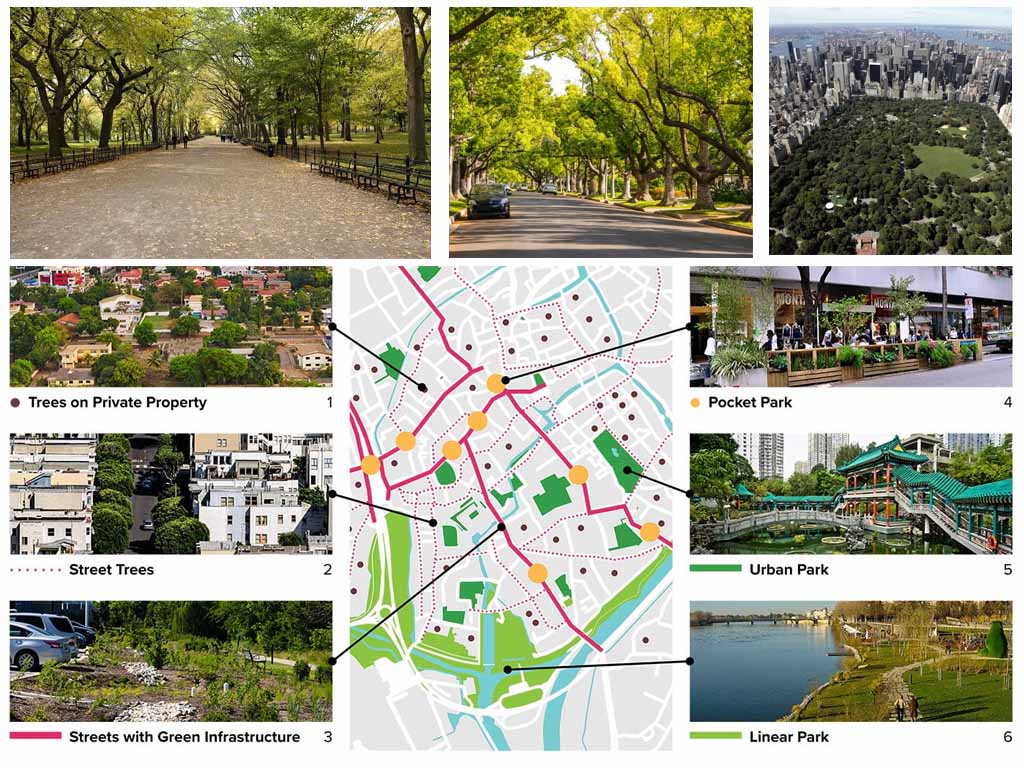
We are moving ahead in this rapidly advancing world. As the population grows exponentially, so are the needs progressing. We have reached a stage where it is practically impossible to ignore the pace of development and the measures taken to keep up with it. As one new building lays itself after the other, and roads connect older routes, we are amidst a phase of urbanization that is redefining the times. But at what cost is this very expansion coming about?
As the utilitarian expectations from an urbanscape have been expanding, there has been an obvious change in the land use pattern in developing countries. Landscape fragmentation has become an unfortunate byproduct of the process of designing habitable city spaces. Powered by population and economic growth, the overlap between upcoming settlements and natural ecosystems has been resulting in a negative impact on the latter.
Metropolitan spaces, through rapid evolution and design, have become hotspots defining the shift from rural to urban. A comparison of this rate of growth when compared to the timeline of the cycle of a natural forest provides a conclusion that paints a negative picture of our goal towards a sustainable future.
The process of urban planning is undergoing constant changes and alongside the same is playing a huge role in shaping the current standards of establishing a sustainable ecology. The evident consequence of the process of urbanization is a visible reduction in the natural forest area. While the percentage of forests lost to the growing needs of the current urban planning and design studio is not entirely documented, the known numbers are alarming enough. In addition, the increasing number of impervious surfaces in the upcoming city designs and proposals continue to impact the hydrology and water ecosystems.
URBAN FORESTRY – Initiation of the Concept
As the attention is drawn toward the obvious need to establish a balance between the rate and process of urban city design and the natural elements of sustainability, the process of ‘URBAN FORESTRY’ appears in this spotlight. What is meant by Urban forestry? To summarize the role of the concept, it is the inculcation of trees and corresponding natural elements in the process of urban planning and design to counter the effect of urbanization on natural forests.
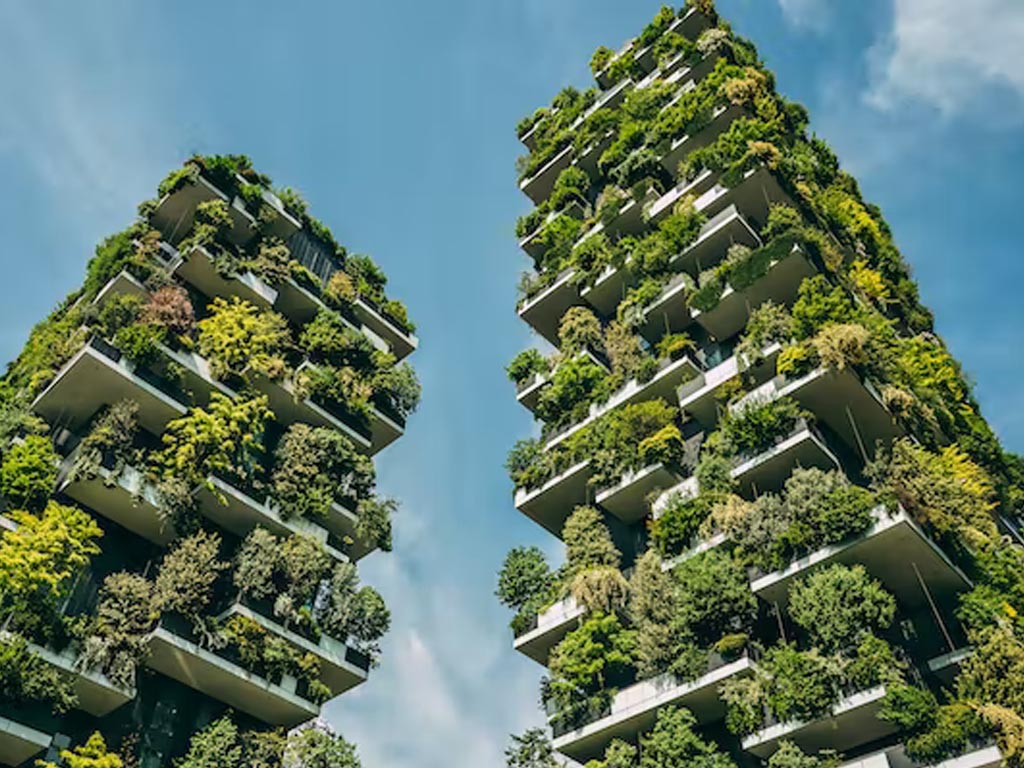
To cater to the same, urban forestry takes into consideration all green elements in the natural scape coming under the influence of the urban design process. With trees as an acute part of urban construction, the approach considers the physical, social, psychological, and aesthetic parameters of the planning process of the urban fabric. Parks, streetscapes, public green areas, natural forests, and agricultural land among others come under the scrutiny of urban forestry. With industrialization expanding its wings, the need to curb CO2 emissions and regulate air quality has fallen upon the shoulders of this very process of Urban forestry design. The inclusion of vegetation in the design has become an answer to a multitude of ecological and sustainable problems centering around erosion, surface runoff, and wastewater management.
Urban Heat Island
Increasing hardscape in cities has become the cause for the formation of urban heat islands, a phenomenon where the overall temperature of the city tends to be greater by a few degrees when compared to the contextual scenario. Today, most cities are turning into urban heat islands regardless of the time be it a day, noon or night. The increase in soft-scape in the design to combat the same as a design intervention is a necessary intervention to address the same. In addition, by alternating plantation in between the hardscape with room for more ventilation the structure can become the solution for possible consequences of the heat island effect in the cityscape design
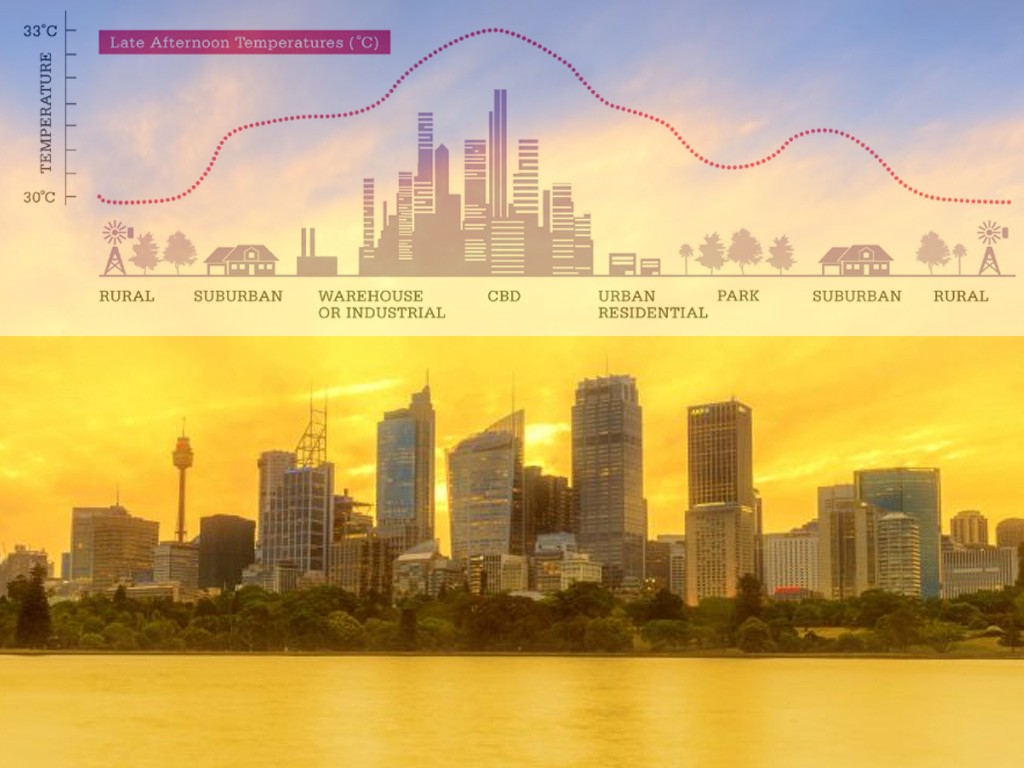
The Need for Inclusivity of the Green Fabric
The need in today’s scenario where it is one hard surface after the other is diversity in urban vegetation considerations and access to the natural elements of an urban city. Helping to amass the spatial extent through tree canopies and incorporative ecosystems, connectivity, quality, and accessibility need to become an integral part of any urban system building on the medium of urban forestry. There is a strong need for different offices involved in the process from the landscape designers, Architects, Government policymakers, and the stakeholders themselves to come together to establish a common ground on which this vision can be achievable.

‘Necessity is the mother of invention.’ With the concerns over the deteriorating urban systems coming into the picture in the light of recent concerns over climate change, the actions built on the footprints of urban forestry are taking a front seat. It is necessary to understand the framework which becomes the road leading to a goal that aims to improve the current scenario of the urbanscape perceptibly.
What does the process of Urban Forestry Entail?
Initiating the inclusion of green elements in the city design process requires one to start with understanding the vernacular characteristics of the area’s vegetation. The goal is to maximize vegetation in the urbanscape and to achieve it, getting to know the vegetative profile of the locality is crucial.
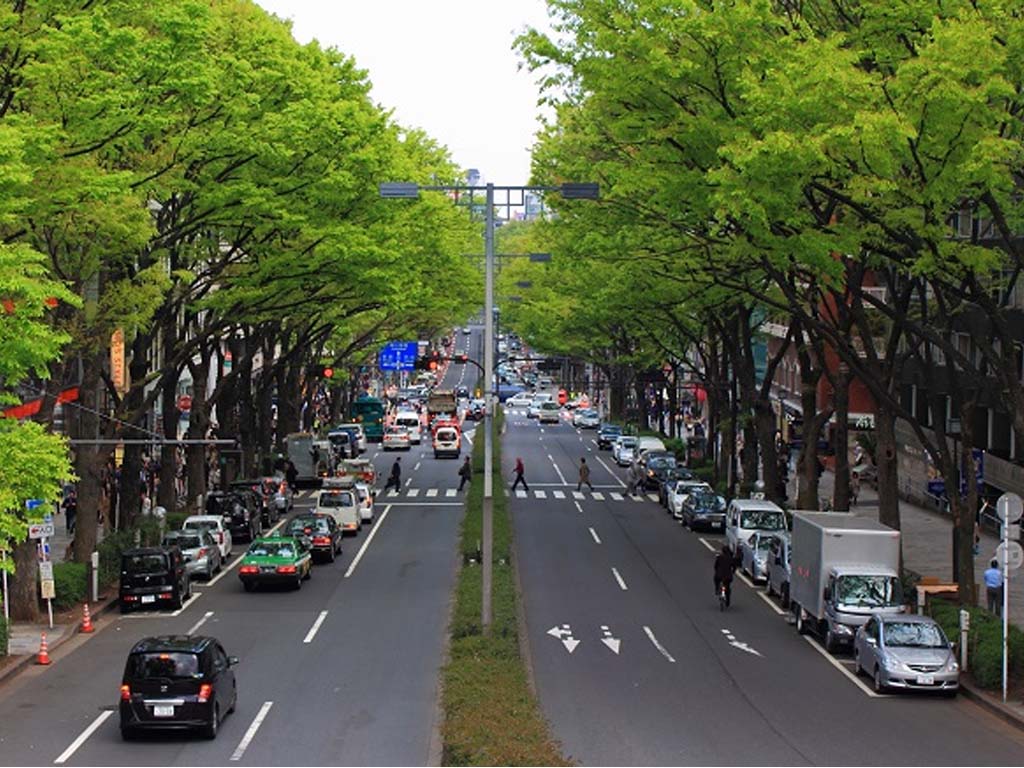
The design process aims to achieve multiple ecosystems in the given framework of the city through quantitative and qualitative approaches. What needs to be remembered is that the functionality and purpose of the product take a front seat when compared to aesthetics. Accessibility should not fall short in the race to achieve sustainability. While it is crucial to establish a layer of vegetation and natural ecosystem elements woven into the city layer, it is also important to ensure that the same can be maintained in the longer run.
Though it is crucial to list the vegetation that is going to become a part of the locality, it is also important to take into consideration the existing ecology to gauge how the intervention is going to adapt without disturbing existing elements.
The City of Sydney – A Closer Look
The approach that the city of Sydney took in establishing an urban forestry plan between the years 2016 and 2021 saw an outcome that adapted natural elements into a space intended to become home to wider canopies and greater ecological diversity. Along with it came spaces for relaxation that built the bridge between humans and nature inducing psychological benefits along the way. With diversified streets and parks, the focus on the overall layer of trees in the city laid the foundation for the road towards a balanced sustainable urban outcome.
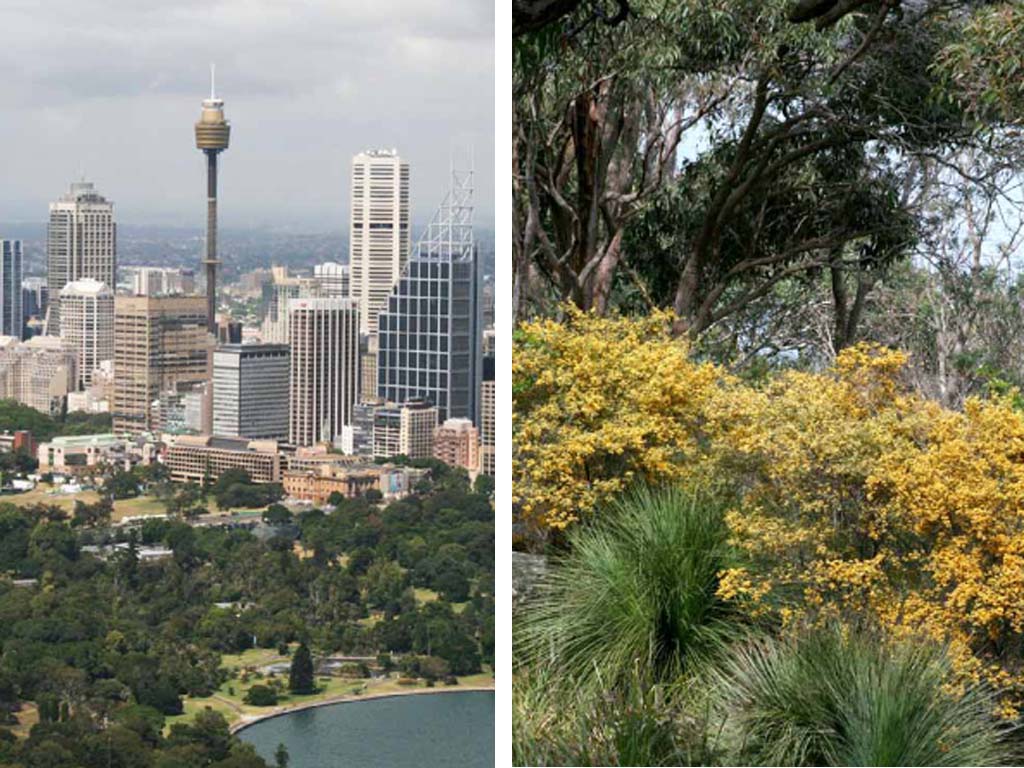
Understanding the Role of the Action Towards a Diverse goal
The decision to create a layer for trees in the urban fabric was driven by multiple destinations envisioned for the city. An evident approach has intended the improvement the quality of the urban fabric. While it was necessary to enhance the ecosystem as opposed to its existing condition, the process was also meant to provide the comfort of shade and leisure for residents of Sydney and also a relatable human scale in contrast to the tall structures that made up the city line.
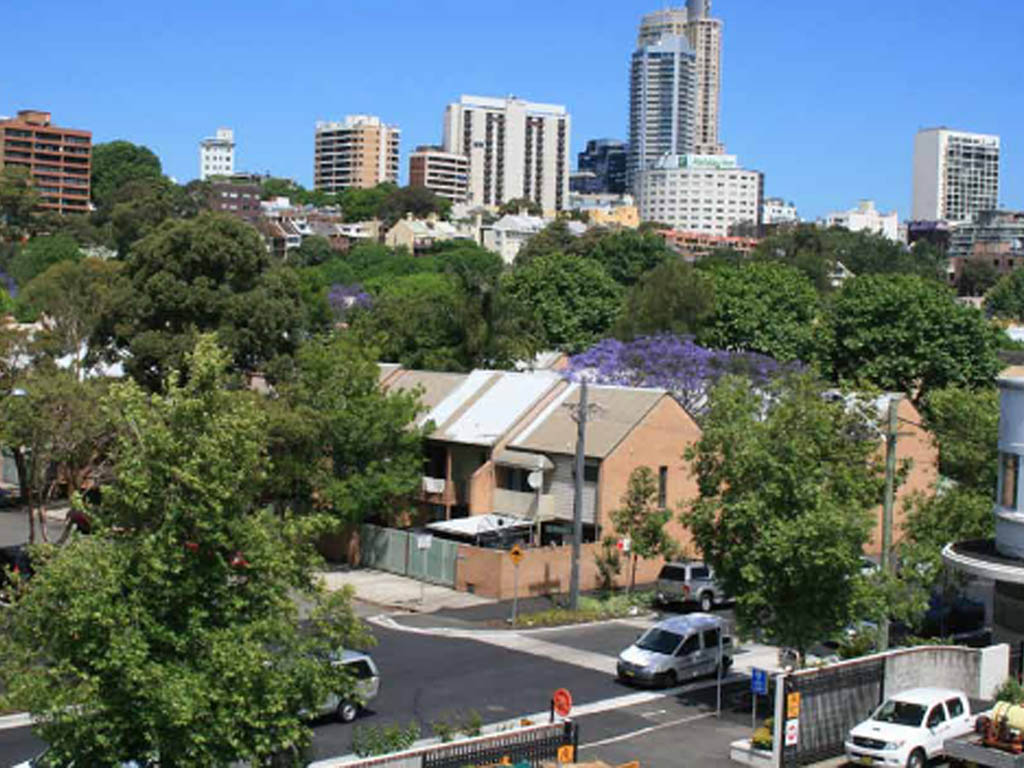
In addition, by increasing the percentage of Softscape, storm water draining and management took a front seat. As opposed to greater surface runoff, the city saw a significant replenishment of its groundwater tables. With a reduction in air pollution and a better scenario in terms of thermal comfort, the intervention went ahead to improve the local economy by drawing businesses towards its shaded comfort while reducing the effects of the Urban Heat Island effect.
Consideration Parameters in the Process
The selection of a type of tree depended on the canopy requirement among other factors. As opposed to large trees, the care and maintenance required for smaller trees are greater at the initial stage and vice versa for the larger trees which require greater care in their later stages. Importance was also given to the species selection and the development process.
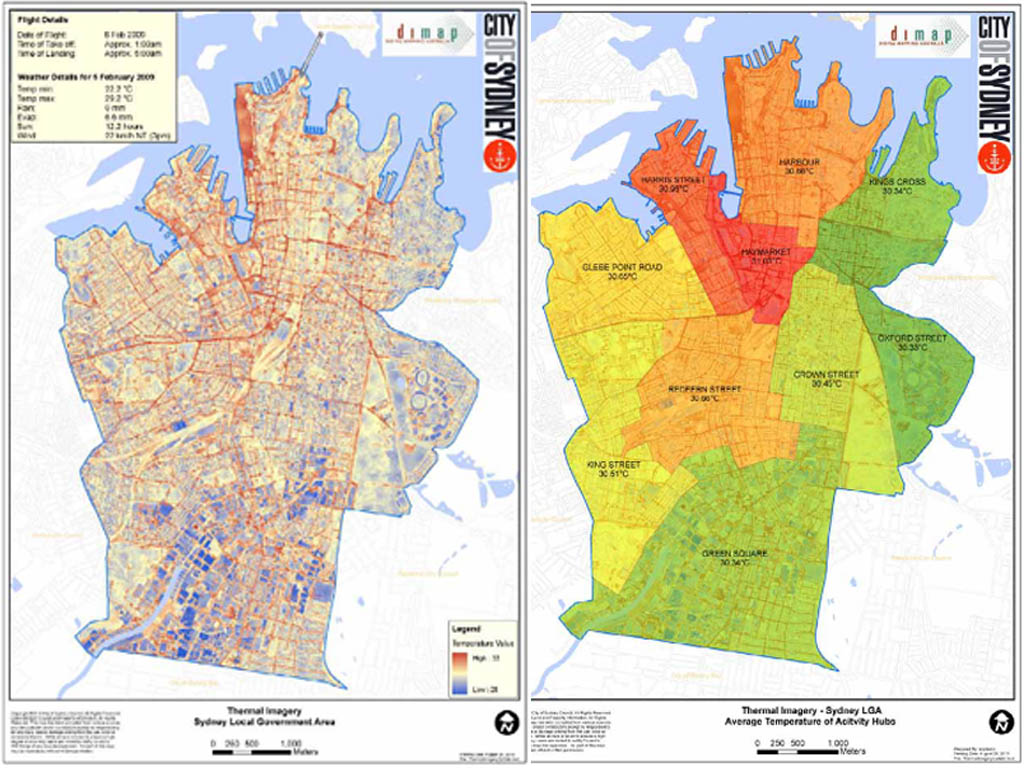
The same can be owed to the indigenous species being able to thrive better and bring out the local quality of the Urban environment. But taking additional steps for caution, the process weighed the pros and cons of the selected species in its home environment under conditions of an altered scenario, the result of the existing environment. An aerial view of the final forest took into consideration, the interdependence between the planted species and the preservation factor.
The Role of Sustainability
The approach that the city of Sydney took towards the intervention in terms of sustainability focused itself on the idea of minimal resource input for maximum return on productivity and biodiversity. The proposal stressed the need to have a range of species and ages of the vegetation in the expanse considered.
The Intentions of the Proposal
- Protect and maintain the existing urban forest
- Increase Canopy Cover
- Improve urban forest diversity
- Increase community Knowledge and engagement
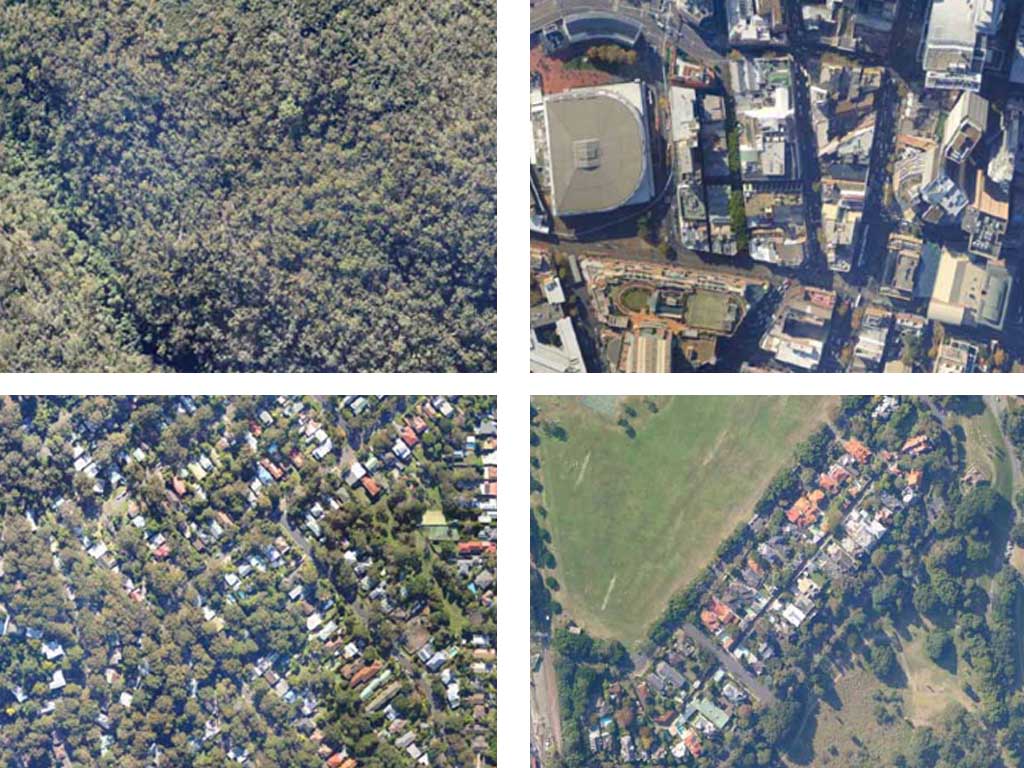
Growing in the footsteps of the Past
As the core of Australia, Sydney is home to a population of 53.1 lakh people with its identity established as the center of culture, business, and economy. Before European inhabitation, the place was home to eucalyptus forests and a vast diverse natural system. As settling slowly cleared this natural phase, the dwindling of this very layer started becoming detrimental to the city’s urbanscape. With time, the constant reduction in the percentage of open space as parks, green squares, and planted vegetation saw a drastic decline going against the goal to reach a healthy community.
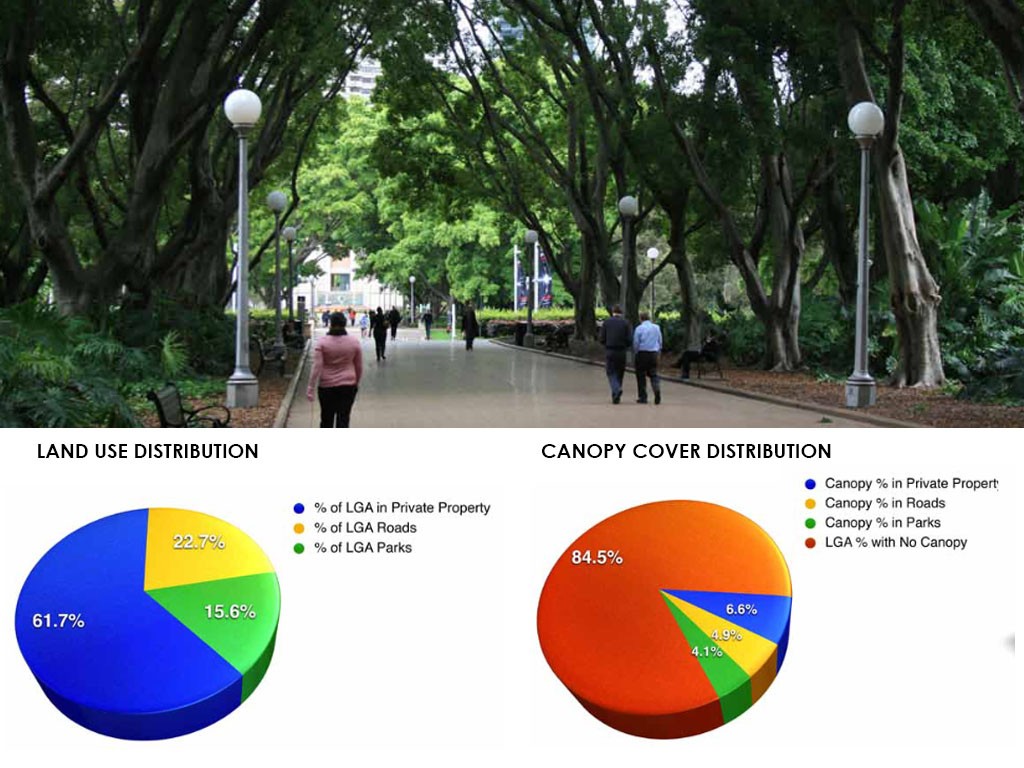
The introduction of the ‘Urban Forestry Scheme’ as a design strategy integrated with the urban design outlook saw the flipside of the situation eventually become reality as the streets became abundant with over 29500 trees with over 230 different species making up the whole of it. In addition, the strategy built itself around increasing canopy cover. An interesting pattern observes was that the response of this approach varied based on the type of district it was in namely residential, business, and recreational.
The Goal of the City
Taking the strategy ahead, the city of Sydney includes these parameters in every upcoming intervention of the proposition of urban city design.
- Guarding existing urban forests
- Intensifying Canopy Coverage
- Diversifying the green cover
- Inclusive decision-making with community participation as a part of the design process
Though the initiative to improve the layer of green in the urban fabric was a well-appreciated one, the existing city conditions are harsh on these interventions in terms of provision of an ideal environment and apt resources for the same to thrive and produce the desired outcome. Hence, practices like tree retention, tree protection, health-oriented asset management, and successful tree plantings laid the foundation on which the very strategy spread its branches.
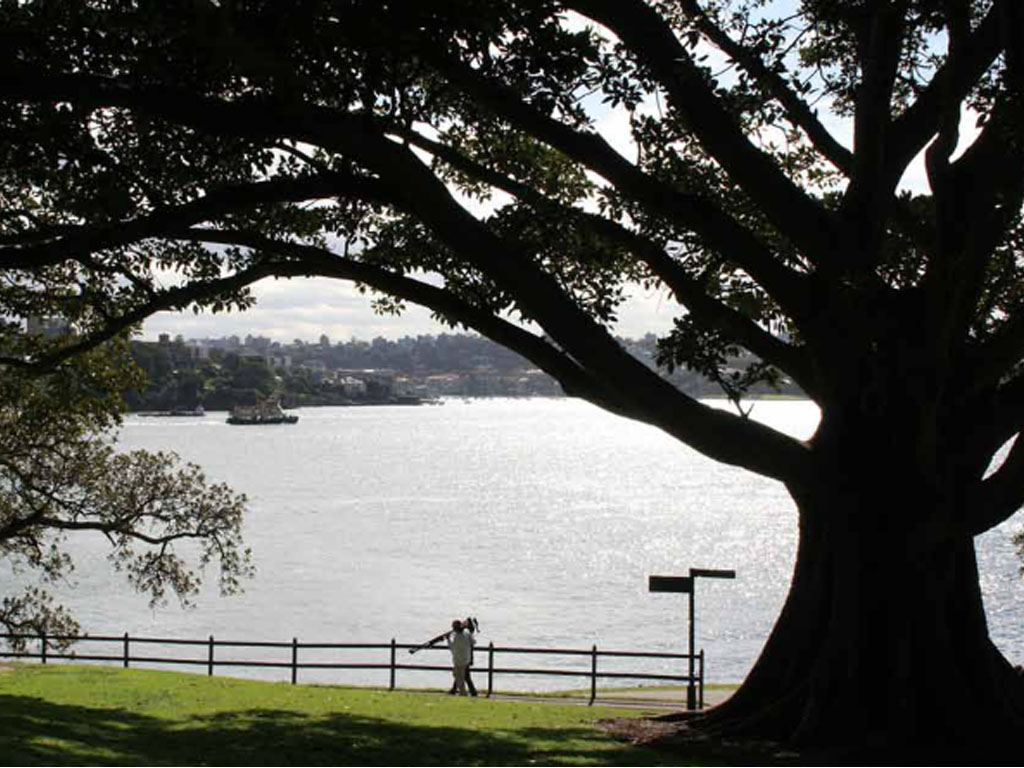
Taking forward the Core of the Idea
What does the process mean for the future of both urban designers and the stakeholders of urban space? To analyze, plan, prepare, and implement the right vegetation native to a regional urbanscape can require the involvement of experts, the municipal council, community groups, and volunteers. The final product can hold the power to be both functionally and visually apt in the zone it is proposed to occupy.
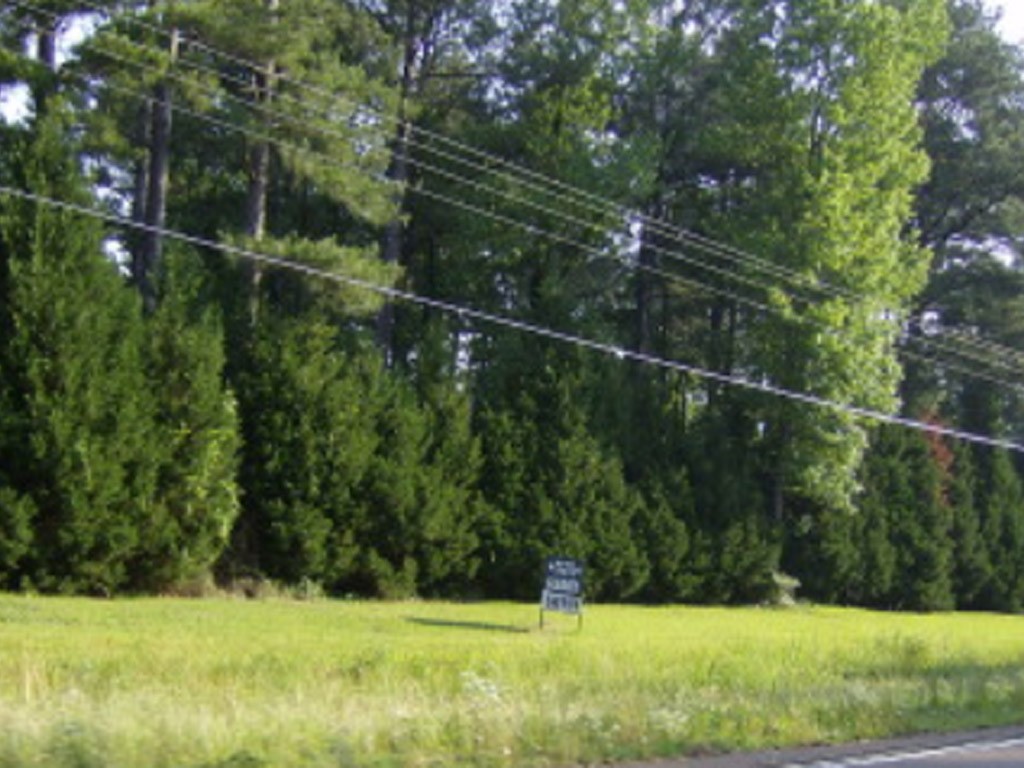
The concrete and asphalt that we are increasing on the surface under the name of urban planning and development will become a permanent feature if the intervention is delayed any further. This process of protecting our ecosystems, in the long run, is not the question of sourcing new resources or inventing new technology to bring about a reversal. The simplicity of the thought lies in the fact that the best result along this road can become a cocktail of existing land and vegetation resources and effective use of the same.
A timely understanding, adaptation, and effective implementation of urban forestry in the process of the design of the urban cityscape can become the means to establish human well-being while understanding an interdependence between the two systems overcoming the challenges of climate change defining sustainable fronts. Ultimately it is research and exploration which can help in the induction of a deeper understanding of how the urban system can form itself around the natural elements that can sustain it in the long run.
References
Babu, S. (2019, September 10). A 3-step framework to plan and design urban forests with a purpose. Retrieved from Eco-intelligent: https://eco-intelligent.com/2019/09/10/3-steps-framework-to-plan-and-design-urban-forests-with-a-purpose/
Bianchini, L., Marucci, A., Di Stefano, V., Alemanno, R., & Colantoni, A. (2021, November 4). Urbanization and Long-Term Forest. Retrieved from Sustainability: https://doi.org/10.3390/su132112164
Bradley, J. (2018, December 25). How to transform cities from urban heat islands into cool oases. Retrieved from Create: https://createdigital.org.au/transform-cities-urban-heat-islands-cool-oases/
Cities4forests. (2019). Cities4forests. Retrieved from Urban Forests for Healthier Cities: Policy, Planning, Regulations, and Institutional Arrangements: https://cities4forests.com/lg-urban-forests/what-is-an-urban-forest/
IBERDROLA. (n.d.). Retrieved from https://www.iberdrola.com/sustainability/urban-heat-island
Konijnendijk, C. C., & Randrup, T. B. (2004). Urban Forestry . In LANDSCAPE AND PLANNING (p. 471). Denmark: Elsevier Ltd.
Kuchelmeister, D. G. (1999). Urbanization in Developing Countries – A challenge for NFPs and International Development Cooperation. Forest Policy Research Forum, 14-17.
Sen, S. (2020). THE CITY ‘GREENS’: Ushering Sustainable Urbanization. IJCRT, 2689-2696.
Simson, A. (2020, April 21). The Conversation. Retrieved from The urban forest of the future: how to turn our cities into Treetopias : https://theconversation.com/the-urban-forest-of-the-future-how-to-turn-our-cities-into-treetopias-134624
Sweeney, K., Lymbery, S., & Johnson, J. (2013). Urban Forest Strategy. Sydney: City of Sydney.
UN Climater Technology Centre and Network. (n.d.). Urban forestry. Retrieved from CTCN: https://www.ctc-n.org/technologies/urban-forestry
Weber, S. (2016, March 21). 3 Cities Taking Urban Forestry to the Next Level . Retrieved from World Resources Institute: https://www.wri.org/insights/3-cities-taking-urban-forestry-next-level
Zipperer, W. C. (2000). URBAN INFLUENCES ON FORESTS. In Human Influences on Forest Ecosystems: The Southern Wildland-Urban Interface Assessmen (pp. 73-91). New York: USDA Forest Service.
Architect graduated with a Bachelor’s in Architecture from the University of Mumbai. Inquisitive about Universal design Strategies and accessible design she is interested in reading about upcoming design strategies and human experience in the design process.
Related articles

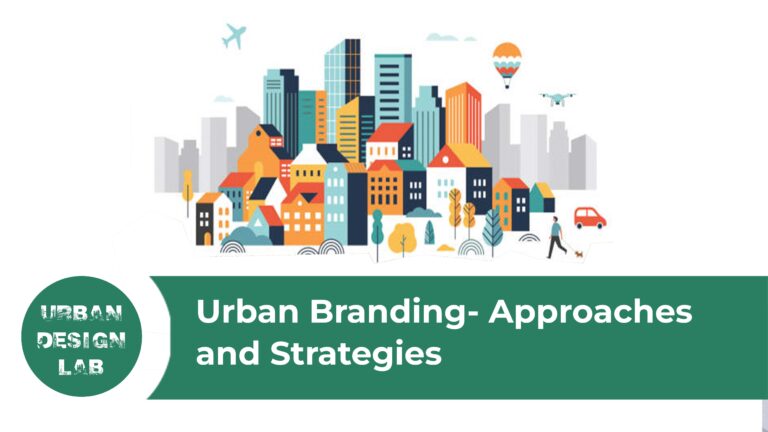
Urban Branding- Approaches and Strategies
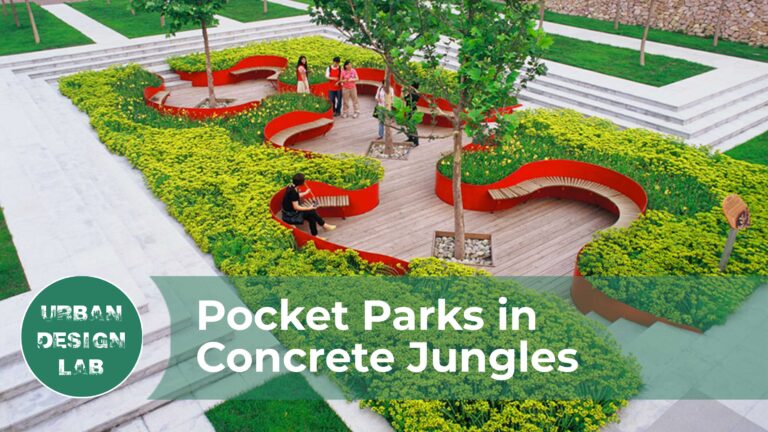
Pocket Parks in Concrete Jungles
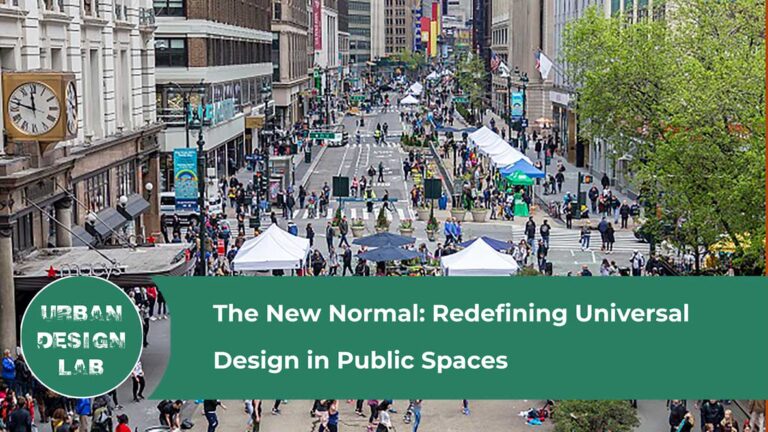
The New Normal: Redefining Universal Design in Public Spaces
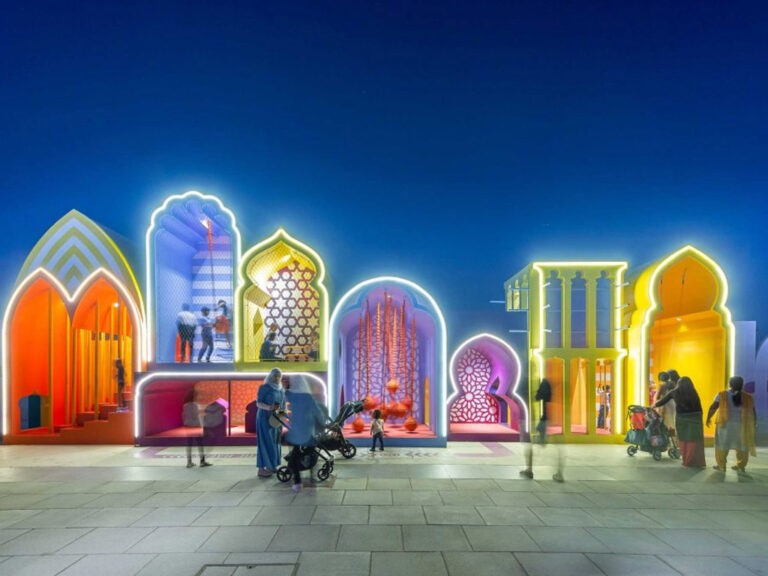
Urban design and Psychological Aspect of Human Behavior
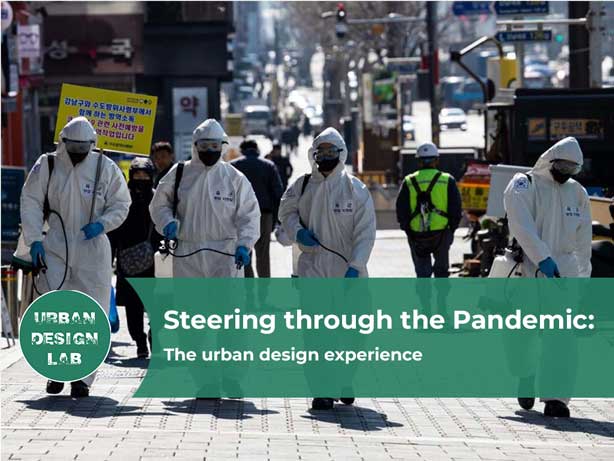
Steering through the pandemic: The urban design experience
5-Days UDL GIS
Masterclass
GIS Made Easy – Learn to Map, Analyse, and Transform Urban Futures
Session Dates
14th-18th July 2025

Free E-Book
From thesis to Portfolio
A Guide to Convert Academic Work into a Professional Portfolio”
Recent Posts
- Article Posted:
- Article Posted:
- Article Posted:
- Article Posted:
- Article Posted:
- Article Posted:
- Article Posted:
- Article Posted:
- Article Posted:
- Article Posted:
- Article Posted:
- Article Posted:
- Article Posted:
- Article Posted:
Sign up for our Newsletter
“Let’s explore the new avenues of Urban environment together “




























